If you go along Minzu Road, which is in front of the bustling Guanshan train station, and drive uphill for about six minutes, you will see Haiduan Township’s Kanding Community. On the ceiling of Kaiana Workshop hang bunches of millet, all harvested by the Bunun community members living here in Kanding.
“We can only harvest millet once every year. We hang them on the kitchen ceiling where smoke from the cooking stove smokes them daily to keep away bugs and humidity during rainy seasons.” Ciang, a sixty-four years old Bunun man in a traditional vest, shared the life wisdom of his ancestors with visitors. The word “Kaiana” comes from the Bunun language, which means “to hang”. The Workroom adopted this name to symbolize the sight of kitchens with bunches of millet hanging from their ceilings after each year’s harvest.
The Essence of Bunun Culture
Almost Disappeared At One Point
The Bunun people live near the mountains and grow millet as their main food crop, which is usually planted on arid hillsides. Plowing the fields, harvesting and storing the grains all have to be completed manually. Since he was a little boy, Ciang had to work in the millet fields with his father. Every year they would plant millet seeds in February and harvest in June; and during other periods, the family would grow non-staple foods such as sweet potatoes and taros. Ciang’s mother often told him that only hard-working people have food to eat. If he was lazy and squandered his days, he will have nothing to eat in the following year.
“Everything in Bunun culture is related to millet.” Ciang said as he pointed to the working schedule of the Bunun people. The annual Bunun rituals are all centered around millet. For example, during the well-known Harvest Ritual, community members gather to sing Pasibutbut (“prayer song for millet harvests”, a type of singing commonly known to the general Taiwanese public as “eight-part chorus”). The better the voices sound, the more pleased the gods would be, and thus would grant the community a bountiful millet harvest this year. In addition, Bunun people also have different rituals for plowing, rockthrowing (to scare away evil spirits), seed planting, storing, and the New Year. All rituals have different functions and follow the planting cycle of millet.
The Bunun people have many customs and legends related to millet. In the early days, every household in Bunun villages had a large stove. People believed that only those who have shared a same pot of millet can be considered as family. Therefore, newlywed brides had to live in the barn after the wedding and would only be accepted into her husband's family after she had eaten millet rice cooked at her husband's house for a period of time. Married daughters could only return to her maiden home after the millet has been harvested and stored so that she would not eat all of her maiden home's millet.
However, it is not easy to find and enjoy a bowl of springy pure millet rice nowadays. Since community youth usually move to cities, the growing local elderly population means there are fewer and fewer people available to grow millet, which is labor-intensive work. Ciang’s parents gave up growing millet in 1997 and Ciang began to take on odd jobs in Guanshan Township. Every month he could bring home NT 3,000 to 4,000 dollars, which he used to buy rice to feed the whole family. There were a lot of similar cases in the village, and as time passed, millet gradually disappeared from the community diet.
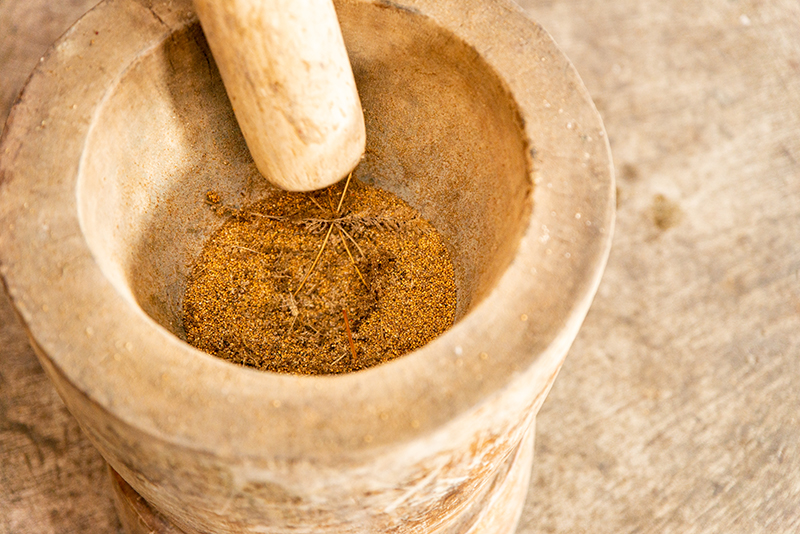

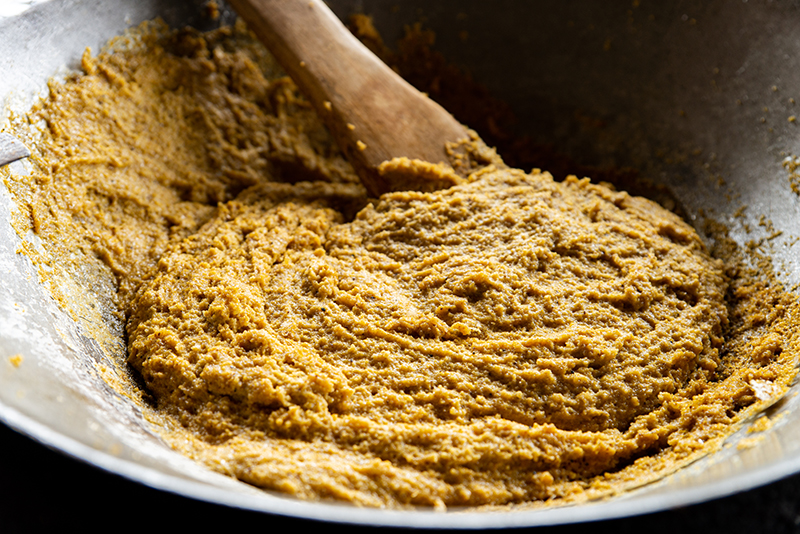
Millet is the essence of Bunun culture. To carry on the millet culture, Kaiana Workroom organizes activities to demonstrate how millet is handled from stalk to table. The process includes removing millet from the stalks, pounding, sieving, and steaming the grains.
The Tears of a Ninety-year-old Granny
Triggered the Reintroduction of Millet
In 2011, Ciang suddenly found himself jobless. He remembered the piece of land his father left him and thought about growing millet again. Relying on his childhood memories, Ciang planted the crops. Maybe his parents were blessing him from the heavens, for he managed to have a successful harvest the very first year.
Ciang's wife Liu Jin-Jiao joyfully cooked a pot of millet rice and invited neighbors to share it. Everyone sat down in a circle around the large iron pot, dipped the millet in lard and popped it into their mouths. A ninety-year old granny began to weep, “I have not eaten millet like this for forty years.” She said emotionally. Her words triggered memories deep in everyone's hearts, and the remaining millet was eaten with silent tears until there were no more food left.
This pot of millet with tears inspired Ciang and Liu Jin-Jiao. They began to ask elders how to properly grow millet and gradually expanded their planting areas. Seeing that the young couple was dedicated to this issue, the elders started to lend out their own planting fields. Ciang also gave out millet seeds to community members and a handful of families in the village joined them on the journey to reintroduce millet to the community.
As the planting areas increased, more workers were required in the fields. Ciang turned to other community members and invited everyone who could still move and work to join them. Single mothers, unemployed individuals, elders who have nothing to do at home…dozens of community members came together to revive Kanding Community's millet fields. Now, the Community has nearly three hectares of millet fields.
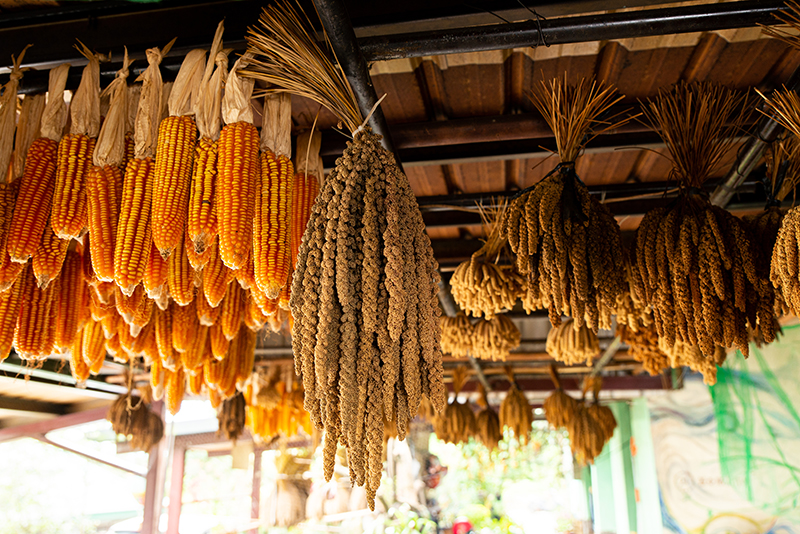
Bunches of millet hang from Kaiana Workroom’s ceiling. Hot air keeps the millet dry and extends its preservation time.
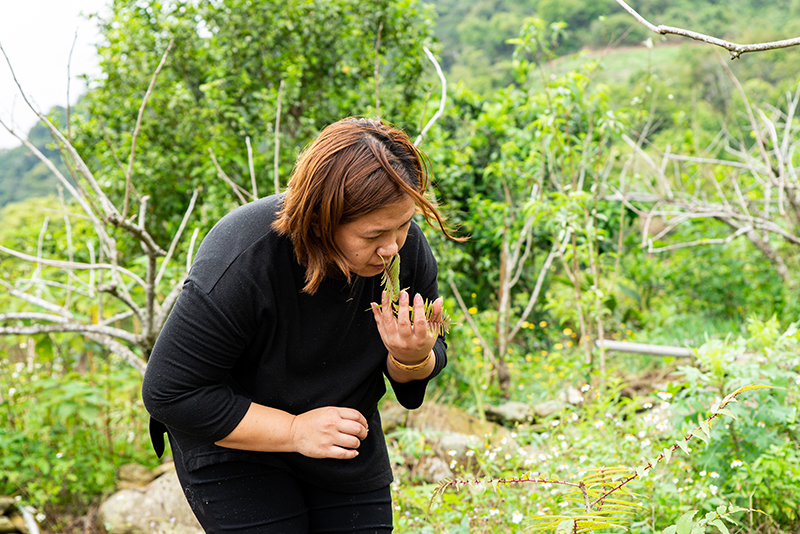
Hu Yu-Ru visits the fields to check on the millet’s growth status.
Handmade Cooked Millet Rice,
Only Available at Kanding Community in Taiwan
Millet from Kanding Community are all grown locally and sold from Kaiana Workroom. To promote the brand and pay the workers, the Workroom also planned out a series of tours to let visitors learn more about the importance of millet in Bunun culture.
Taking a small bunch of millet stalks from the ceiling, Ciang uses his feet to rub the grains off from the stalks. Next, he pounds the grains in a wood mortar with a wood pestle to separate them. The grainy mixture is later placed on a bamboo sieve, continuously flipped and shook to sieve out clean light yellow millet grains. Finally the millet is steamed in a large wood burner then continuously pounded and stirred for two hours until it is sticky, thus completing the entire preparation process. The steps may seem simple, but each requires secret skills. It is worth noting that the Bunun language has different names for millet still in the fields, millet that are harvested and tied into bunches, and millet that have been dehusked, indicating the people have detailed understanding of the crop.
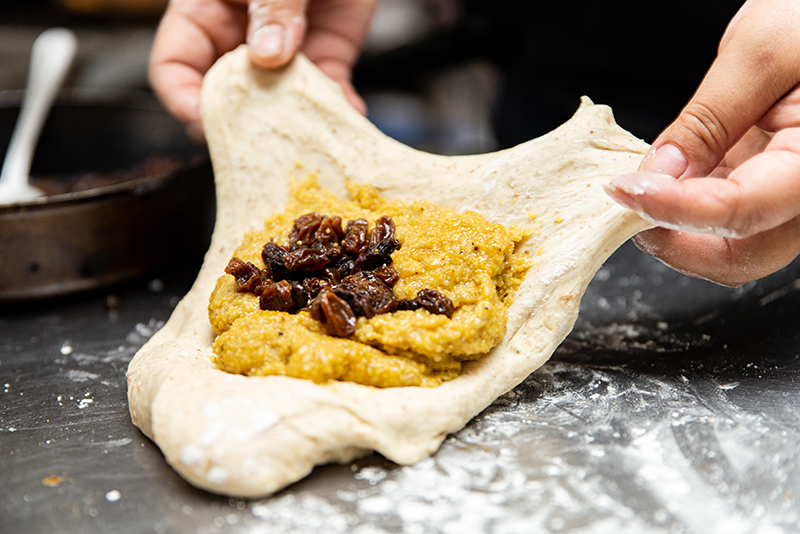
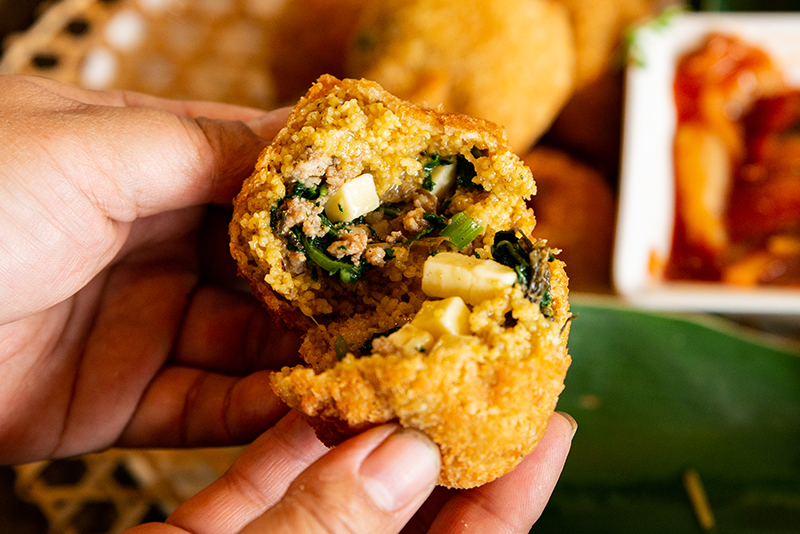
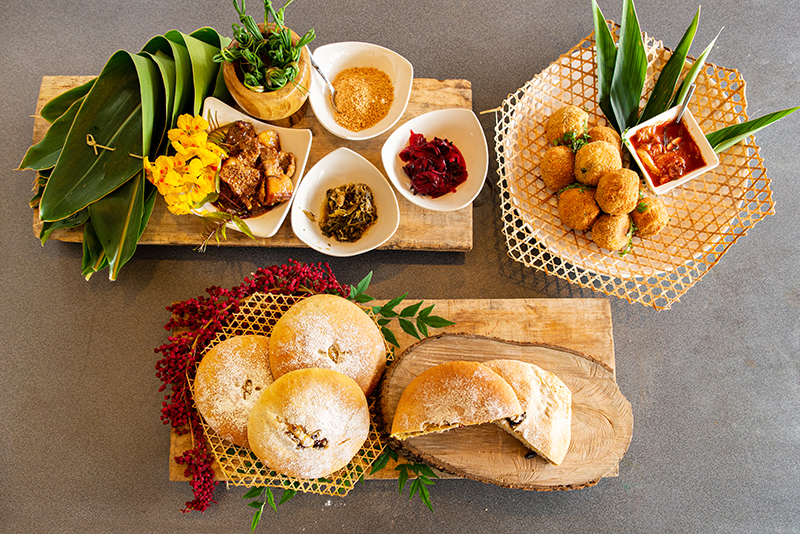
To further promote millet culture, Kaiana Workroom developed European-style millet dishes. They hope the unique fusion cuisine can further introduce the grain to the public.
When Millet Meets Western Cuisine:
Using the Memory of Taste to Pass on Bunun Culture
Back then when resources were scarce, a tasty meal usually meant simple millet rice with lard. Ciang's daughter Hu Yu-Ru returned to her hometown from Zhuoxi in Hualien in 2013. Tasked with the job to develop millet meals with a traditional flair, Hu decided to wrap the sticky, springy millet rice in shell ginger leaves, and pair it with village specialties according to the season so that visitors who come to Kaiana to experience local millet culture can taste a variety of village flavors in one visit. These specialty side dishes include millet lees braised pork, rakkyo, Bunun pickled vegetables, and roselle.
Once, a customer commented offhandedly, “this millet lees braised pork is like the braised pork in Taiwanese gua bao!” Inspired by the feedback, Hu Yu-Ru looked at the ingredients in the Minnanstyle gua bao and added a new ingredient to her dish - homemade peanut powder, which became a hit among customers. Hu realized that one of millet’s attributes - it does not overpower other flavors, makes it perfect to pair with other ingredients from different cultures. From there Hu began to develop new dishes and create a new generation of modern millet meals.。
When Hu Yu-Ru was traveling around Europe, she sampled a classic Italian dish, Arancini - cheese cubes and other fillings wrapped in butter risotto, breaded and deep fried. Paired with tomato sauce, the dish tastes rich and creamy, and also has the al dente mouth feel of rice. Inspired by the recipe, Hu created a Bunun version of Arancini: she used steamed millet instead of butter risotto, and made the filling with Bunun pickled vegetables, stewed mincemeat, morelle, and cheese cubes. One creative adjustment, which was suggested by Liu Jin-Jiao and realized by Hu Yu-Ru, is that this localized fare is not paired with tomato sauce, but with Korean kimchi. “The Taiwanese palate is not used to that degree of sourness, so we use Korean kimchi, which is more widely accepted in Asia.” She explained.
Hu Yu-Ru has another signature dish: millet bread. The filling is made with cooked millet stirred with sugar, and the outer layer is made with red quinoa flour with raisins soaked in millet wine. The spongy, slightly sweet bread is very popular among children.
“I like it when visitors ask to try different specialty meals.” After seeing how hard her parents are working to reintroduce millet to the community, Hu Yu-Ru wanted to come home and contribute as well. She always feels encouraged when she successfully joins millet rice with different ingredients and creates new dishes or when the customer is very pleased with the meal. “I would think, ‘this is wonderful, one more person knows the beauty of millet.’ ”
Kanding Community's millet not only has been reintroduced to the fields, but like the Bunun people’s Pasibutbut, it has become a cultural indicator and identity that links the community together through their taste buds.
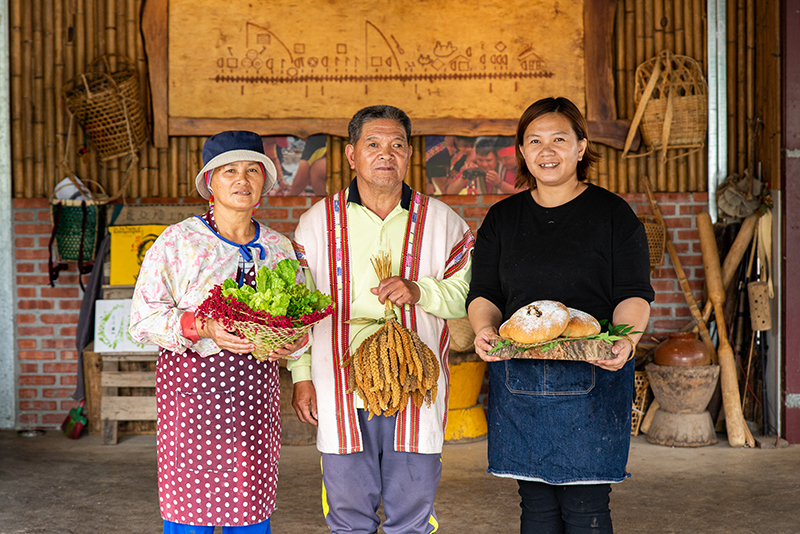
Dedicated to preserving their traditional culture, Ciang (center) and his family reintroduced millet to the community. The Bunun work schedule on the back wall details the people’s annual rituals, all of which are related to millet.




